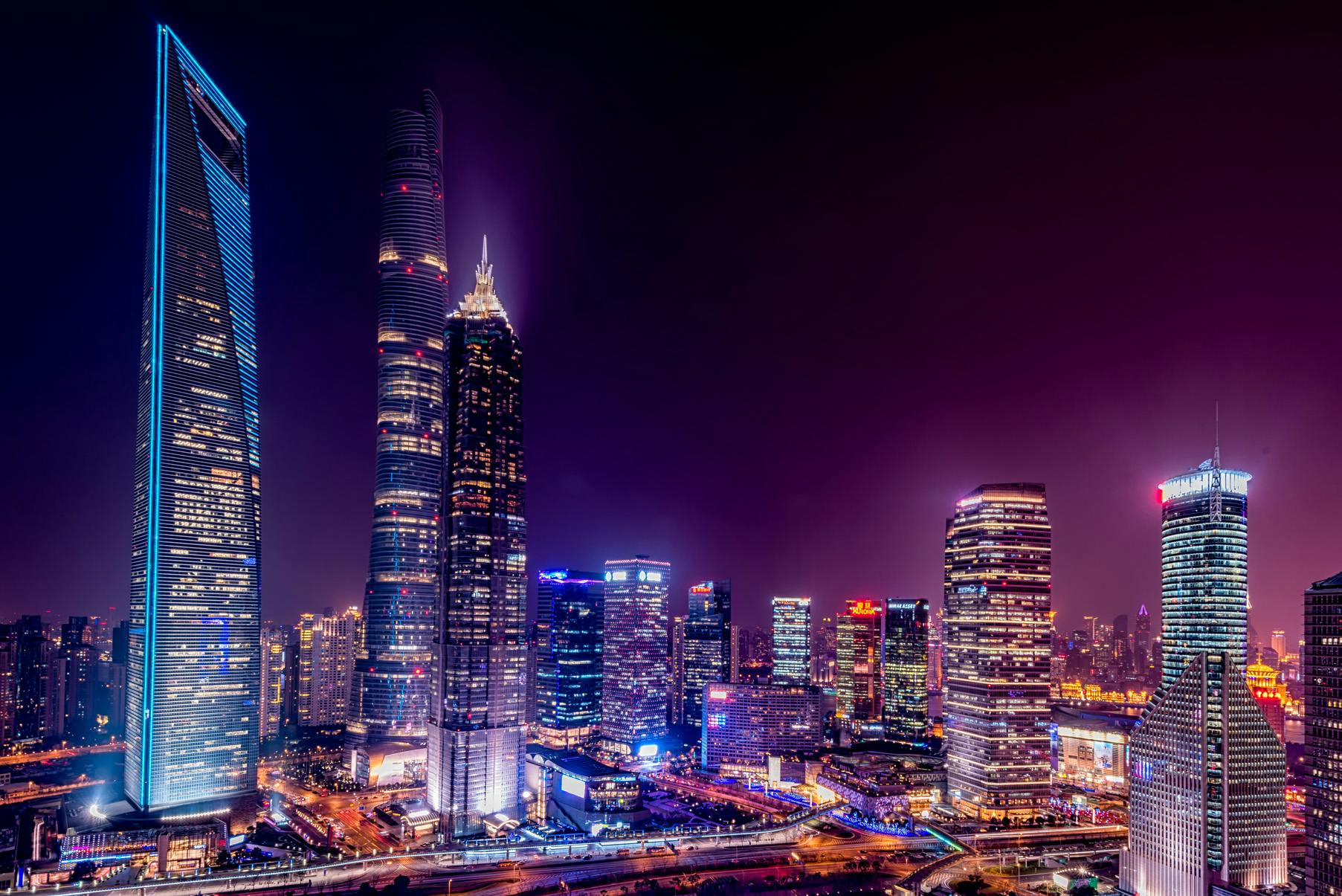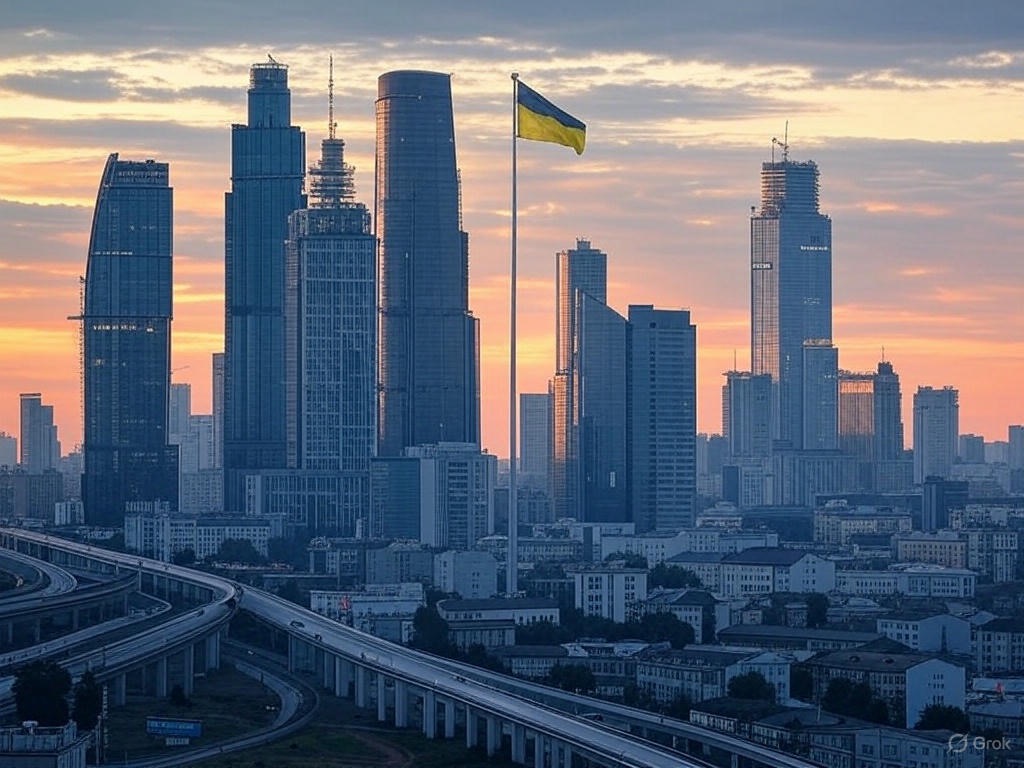The memo has gone out across the corner offices of Western technology, and its message is stark: the era of unchallenged dominance is over. For decades, the corporate narrative framed China as a land of boundless opportunity—a vast consumer market and a low-cost factory floor, where the persistent problem of intellectual property theft was simply a manageable cost of doing business. That narrative has been irrevocably shattered. In its place is a sobering, and for many, terrifying new reality where China is not a follower, but a formidable peer competitor and, in several critical sectors, the undisputed leader.
This isn’t an abstract fear of a distant rival; it’s a visceral shock felt by those on the front lines. A recent think tank report captured the mood with an alarming headline: “Western executives who visit China are coming back terrified”. The language, once hyperbolic, now feels chillingly accurate. After a recent trip, Ford CEO Jim Farley described the experience as “the most humbling thing I’ve ever seen,” a stunning admission from the leader of an American industrial giant.
This profound psychological shift permeates even the most advanced sectors. In the high-stakes world of artificial intelligence, Nvidia CEO Jensen Huang, a central figure in the AI revolution, delivered a bombshell assessment: China’s semiconductor technology is now only “nanoseconds behind” the United States. The use of an almost immeasurably small unit of time is a powerful metaphor for the near-total erosion of a technological gap the West once measured in generations. The collective weight of these statements points to a difficult conclusion: the age of Western “technological exceptionalism” has ended. Strategy is no longer about defending the lead; for many, it is now about figuring out how to catch up.
The Three Pillars of China’s Advantage
According to the synthesized analysis of executive commentary, China’s ascent is not the product of a single breakthrough but of a deliberate, multi-decade strategy built on three systemic pillars that are not easily replicated in the West.
First is a coherent, state-directed industrial strategy. Andrew Feldman, CEO of AI chipmaker Cerebras, argues that China’s “centralised government is giving Beijing an advantage” in the AI race. While American firms face a “patchwork of power infrastructures” and a labyrinth of conflicting local and state regulations—a “tax on innovation”—China can, at a national level, stand up the vast power infrastructure required for massive AI data centers with singular focus and speed. Former Intel CEO Pat Gelsinger reinforces this, arguing that America’s “haphazard approach” is no match for China’s “state-directed spending,” calling for a U.S. sovereign wealth fund to counter China’s strategic investments in quantum computing and AI. Western firms find themselves competing not just against Chinese companies, but against the integrated might of “China Inc.”.
The second pillar is an unmatched scale in manufacturing capacity and talent. The old rationale of cheap labor is long dead. Apple CEO Tim Cook has been emphatic, stating his company’s vast supply chain is in China not due to cost, but because of “the skill, and the quantity of skill in one location”. His now-famous illustration is devastatingly effective: “in the US you could have a meeting of tooling engineers and I’m not sure we could fill the room. In China you could fill multiple football fields”. This isn’t just about numbers; it’s a deep pool of vocational and engineering expertise essential for advanced manufacturing, an advantage amplified by what Nvidia’s Huang calls a “massive STEM talent pool” and a “fierce work ethic”.
Third is a strategic doctrine that prioritizes speed of adoption and application over theoretical perfection. While the West focused on building the world’s largest AI models, China pursued a different path: mass adoption of “good enough” technology. Alibaba Group chairman Joe Tsai argues the real competition is about “who can deploy AI faster”. He contrasts America’s massive spending with China’s “lean approach” of creating cheaper, lighter models that are easier to deploy on everyday devices. The prime exhibit is the “DeepSeek wake-up call,” a Chinese startup that built a top-tier AI model rivaling Western competitors at a fraction of the cost. The achievement prompted Microsoft CEO Satya Nadella to warn, “we should take the developments out of China very, very seriously”.
The West’s Achilles’ Heel: Weaponized Supply Chains
Decades of globalization, once a source of efficiency, have created a web of profound strategic vulnerabilities for the West. The U.S. technology supply chain is so “deeply interwoven with China that decoupling is not possible without massive economic dislocation”. Now, China is shifting from a passive beneficiary to an active exploiter of its central position.
Nowhere is this clearer than in its dominance over rare earth materials, where it controls roughly 90% of global production. These materials are indispensable for everything from electric vehicles to the advanced defense systems that form the backbone of Western military power. In a move of staggering strategic significance, Beijing has implemented its strictest-ever export controls, adopting a mechanism long used by Washington—the Foreign Direct Product Rule (FDPR). This allows China to control foreign-made products if they contain even trace amounts of its rare earths, giving it unprecedented leverage over global supply chains and posing a direct threat to the production of F-35 fighter jets, Tomahawk missiles, and advanced radar systems. This proactive weaponization of dependency marks a fundamental change in the risk landscape.
A Fractured Playbook
Faced with this systemic challenge, Western executives have not unified around a single strategy. Instead, they are caught in a strategic trilemma, forced to choose between conflicting imperatives of competition, containment, and collaboration. Their responses fall into three distinct camps.
- The Containment & Industrial Policy Camp: Led by figures like Intel’s Pat Gelsinger, this group argues that only a robust, government-led industrial policy can counter China’s state-directed model. They advocate for measures like a national sovereign wealth fund and federal action to streamline regulations, viewing government intervention as a precondition for survival.
- The “Compete Everywhere” Camp: In stark opposition, executives like Nvidia’s Jensen Huang argue that protectionism is strategically self-defeating. They contend that the massive revenue generated from the Chinese market is the very fuel that funds the R&D needed to maintain a technological edge. For them, withdrawing from the fight is to guarantee defeat.
- The “In China, For China” Partnership Camp:Companies with deep, long-standing ties, such as Siemens and SAP, are pursuing a strategy of deeper integration and localization. By becoming an indispensable local partner—offering services “in China, for China”—they aim to align their interests with Beijing’s economic goals, making decoupling a non-viable option.
The choices made in the coming years will be decisive. The West’s future technological leadership hinges on its ability to forge a new, hybrid strategy—one that combines targeted, government-supported industrial policy with a pragmatic approach to global competition, all while undertaking the monumental task of building more resilient supply chains. The warnings from the executive suite are clear. The decisions of this decade will likely determine the global technological balance of power for the rest of the 21st century.
Disclaimer: Important Legal and Regulatory Information
This report is for informational purposes only and should not be construed as financial, investment, legal, tax, or professional advice. The views expressed are purely analytical in nature and do not constitute financial guidance, investment recommendations, or a solicitation to buy, sell, or hold any financial instrument, including but not limited to commodities, securities, derivatives, or cryptocurrencies. No part of this publication should be relied upon for financial or investment decisions, and readers should consult a qualified financial advisor or regulated professional before making any decisions. Bretalon LTD is not authorized or regulated by the UK Financial Conduct Authority (FCA) or any other regulatory body and does not conduct activities requiring authorization under the Financial Services and Markets Act 2000 (FSMA), the FCA Handbook, or any equivalent legislation. We do not provide financial intermediation, investment services or portfolio management services. Any references to market conditions, asset performance, or financial trends are purely informational and nothing in this report should be interpreted as an offer, inducement, invitation, or recommendation to engage in any investment activity or transaction. Bretalon LTD and its affiliates accept no liability for any direct, indirect, incidental, consequential, or punitive damages arising from the use of, reliance on, or inability to use this report. No fiduciary duty, client-advisor relationship, or obligation is formed by accessing this publication, and the information herein is subject to change at any time without notice. External links and references included are for informational purposes only, and Bretalon LTD is not responsible for the content, accuracy, or availability of third-party sources. This report is the intellectual property of Bretalon LTD, and unauthorized reproduction, distribution, modification, resale, or commercial use is strictly prohibited. Limited personal, non-commercial use is permitted, but any unauthorized modifications or attributions are expressly forbidden. By accessing this report, you acknowledge and agree to these terms-if you do not accept them, you should disregard this publication in its entirety.



